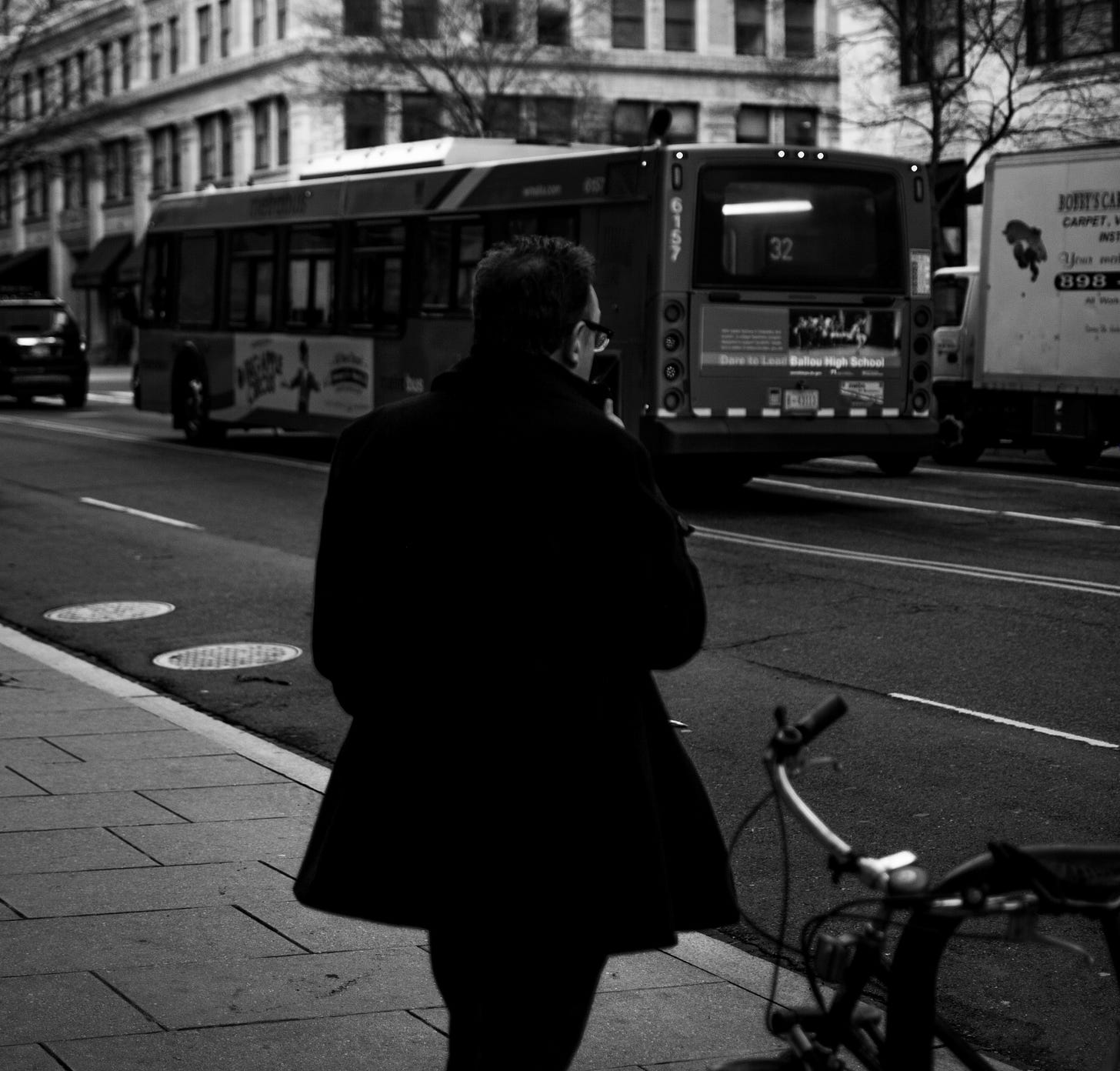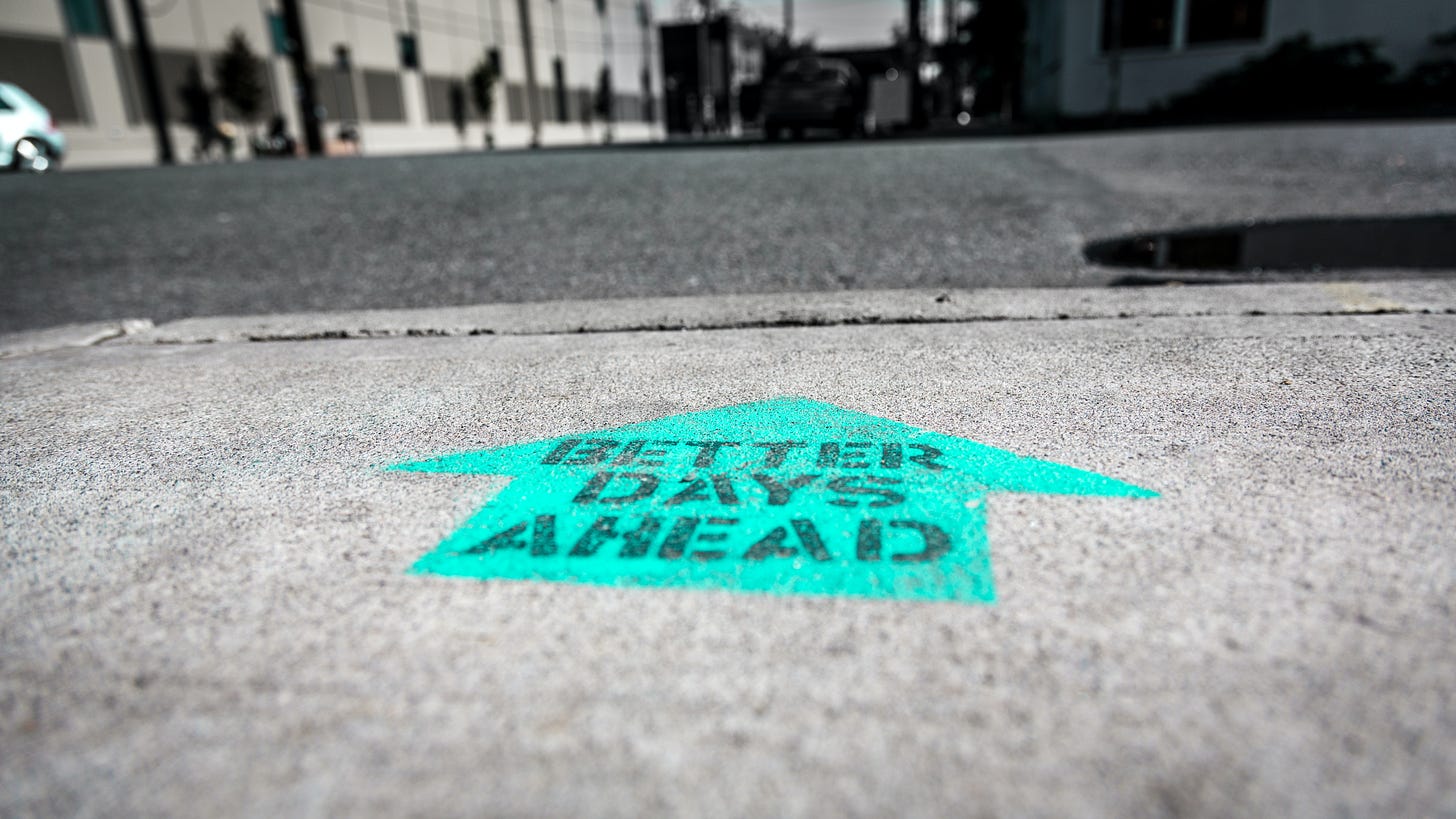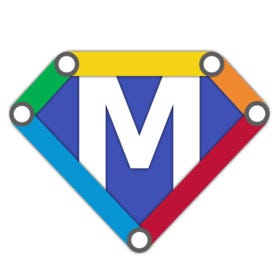MetroNow Dispatch 4.2021
This Dispatch includes a take on what WMATA can do to win riders back as we emerge from the pandemic and the Transit Champion of the Month, MetroHero for their new bus report cards.
There’s no time like the present to reimagine the future of transit.
With the passage of the American Rescue Plan, our region is no longer going off the rails on a COVID-train *insert Ozzy Osbourne Meme here.* And with the introduction of the American Jobs Plan, it’s time to move beyond the mindset of survival. We urge our region’s leaders to use this opportunity to ensure WMATA’s long-term success. By working together, we can shape the future of transportation in our region.

Thanks to the passage of the American Rescue Plan, WMATA may receive up to an estimated $1B in additional federal relief to cover the revenue shortfalls of the pandemic. With the latest relief money secured, WMATA updated its doomsday FY22 budget released in January, and plans to maintain today’s service levels at about 80-85% of pre-COVID service for the entire year from July 1, 2021 to June 30, 2022. The question is, will today’s levels of transit service allow the region to fully recover over the next year, or will it leave residents behind as the economy reopens?
WMATA’s loss of fare revenues and the additional COVID-related operating expenses in FY21 and FY22 have been offset by a combination of federal relief, operational efficiencies, and cuts to service. With the latest round of relief, WMATA should be able to cover the loss in fare revenues at today’s service levels through the end of FY23, even if ridership remains at today’s historically low levels.
If riders have not returned to transit in large numbers by FY24, roadway congestion and pollution will greatly reduce our quality of life and harm the regional economy. If riders do return to transit in large numbers in the next year, WMATA may have an excess of operating funds to use on service improvements, with the latest relief money not expiring until September 30th, 2024.
Read More:
Metro board considers lowering fares to lure riders when workers return to offices (Washington Post 4.8.21)
“Board members said Thursday that they are considering a temporary lowering of fares to lure riders back at a time when many workers say they are considering other commuting options. Though some passengers are returning to transit as vaccination rates increase, Metro officials say they are not seeing the ridership rebound they expected.”Metro GM Wiedefeld on budget, control center, ridership and more (WTOP 4.7.21)
“Thanks to the federal help, Wiedefeld is recommending no service cuts or changes in the new Metro budget that he expects will pass and run through June 2022, but there are always tradeoffs, he said: As sectors of the economy reopen and Metro ramps up service to meet demand, ‘We want to keep social distancing. And we also want to be there as things start to open up. So that’s sort of the balancing act that we’re trying to do there.’”
Improve Service. Bring Riders Back.

If WMATA takes action in FY22 and FY23 and uses federal relief money to meaningfully improve service, it could win riders back who have stayed away during the pandemic. It also could improve transportation outcomes for those who have relied on transit throughout the pandemic, especially bus riders. As the region emerges from this year-plus crisis, we must make sure we have the robust transit service that can bring us together again, connecting our residents to new opportunities and to each other.
To attract more riders who have stayed away during the pandemic, the WMATA Board should consider:
Returning to pre-COVID levels of bus service as soon as possible and ramping up rail service as more remote workers return to worksites;
Expanding service on high-ridership bus routes to reduce crowding;
Expanding late-night and frequent, all-day bus service;
Experiment with shifting some peak hour rail service to increase the frequency of all-day service.
Additionally, WMATA could use this opportunity to improve service long-term and advance recommendations from the Bus Transformation Project that are fully within their control, including:
Fund a bus network redesign process;
Provide the full transfer discount between bus and Metrorail;
Partner with jurisdictions to provide and fund reduced fare options for low-income riders;
Develop a regional pass that works across all providers, and makes bus fares clear and understandable;
Incentivize more employers to offer transit benefits.
As the region reopens, better transit service will enable a stronger economic recovery, build a more inclusive economy, and grow transit ridership in FY2022 and beyond. The federal relief money is an opportunity to reimagine and improve transit service for the region.
WMATA, working with local jurisdictions, local transit agencies, and the business community, can set the stage for the future of transit rather than waiting for a slow return to the status quo. The time for better transit is always now.
Read More:
Biden infrastructure plan bets big on U.S. return to mass transit after COVID-19 (Reuters 3.31.21)
“U.S. President Joe Biden’s sweeping $2.3 trillion plan to rebuild America’s crumbling infrastructure proposes doubling federal funding for mass transit and spending $80 billion to expand and modernize passenger rail service.”How to make the bus better (Slow Boring 3.23.21)
”Every once in a while someone rediscovers that city buses are a good mode of transportation, either because they’ve gotten frustrated with a local government wasting money on mixed-traffic streetcars, or else — as in this recent Farhad Manjoo column — because they’ve gotten frustrated with endless Silicon Valley hype-cycles about new driving technology.”The Holy Grail of Transportation Is Right in Front of Us (New York Times, 3.18.21)
“In America, nobody loves the bus. Lots of people ride the bus — we took about 4.6 billion trips by bus in 2019, more than by any other mode of public transportation. But at least 4.5 billion of them must have begun with a deep, dejected sigh of resignation.”
Transit Champion of the Month: MetroHero
MetroHero launched an important new tool to track and report on bus performance around the region, the ARIES for Bus Report Cards: Adherence + Reliability + Integrity Evaluation System.
The reports track bus headway and schedule adherence, arrival frequency, and data integrity using GTFS feeds. MetroHero plans to update the reports every month. While every transit operator in the region is not currently included, more are to come. As of this writing, the reports include WMATA, MDOT MTA, Alexandria’s DASH, Arlington County's ART, and Montgomery County’s Ride On.
This is a huge win for the region by adding a new, user-friendly tool to understand transit performance so the region can better hold our transit agencies and elected leaders accountable when we are not improving upon or already providing high-quality, frequent, and reliable transit service. It follows MetroHero’s work with Coalition for Smarter Growth in 2019 to release the DC Bus Report Card, which supported DC efforts to improve bus service. Thank you MetroHero for this amazing work and being our Transit Champion of the Month.
Subscribe + Share!
Sharing is caring! Share the MetroNow Dispatch with any friends, colleagues, or family members who want to join us for the ride!
Follow @MetroNow on Twitter for daily tidbits of transit gold.
Reach out to us directly with any feedback, hot takes, or ideas for future newsletter topics: info@metronow.com
The MetroNow Coalition is made up of regional leaders from the business, non-profit, and advocacy communities who believe that transit is designed to bring us together —at work, school, and play. Today, we believe our collective advocacy for better transit for the Washington DC region is more important than ever.
We launched the MetroNow Dispatch to bring residents, leaders, and transit agencies together to think about how we can make better transit today, during the pandemic, and “tomorrow,” as we look beyond recovery to how we can build a more equitable, sustainable, and accessible transportation system for our region.




